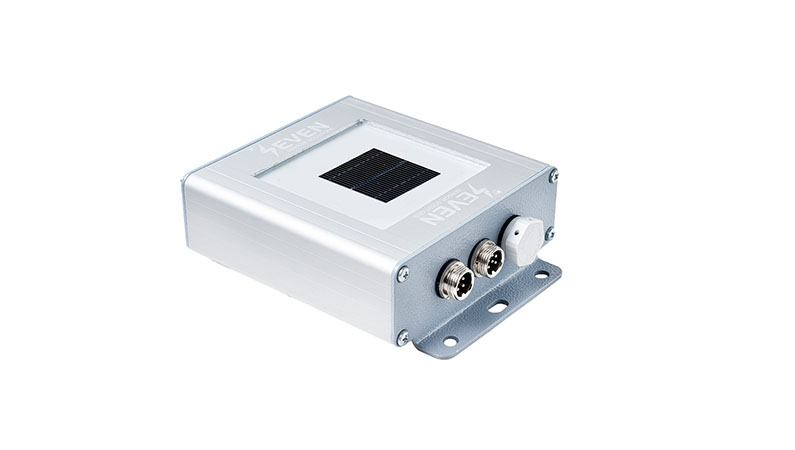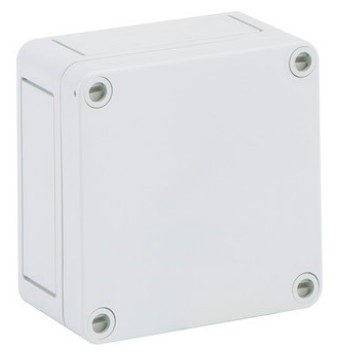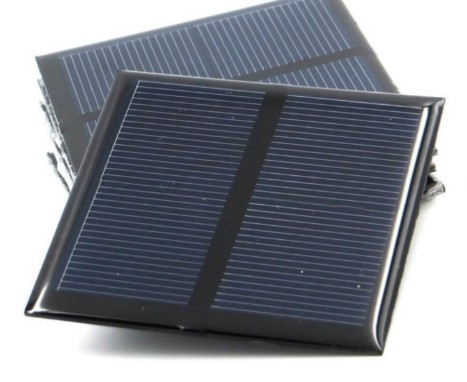Your cart is currently empty!
What is the Irradiance Sensor? How Does it Work?

The precision of the irradiance sensor at the designated points is very important for the design and installation of solar energy systems. Irradiance sensors have been developed to obtain irradiance data.
Performance the irradiance sensor is one of the sensors used in the PV plant for professional monitoring and evaluation of photovoltaic systems.
The irradiance sensor, known as the photovoltaic pyranometer, has emerged with the development of photovoltaic systems as a derivative of pyranometers and is used to measure the value of irradiance from the sun.
Irradiance sensors stand out with their low cost and low maintenance requirement.
An irradiance sensor consists of 3 main parts:
- Sensor Box
- Photovoltaic Cell
- Electronic Card
The sensor box, which contains the photovoltaic cell and the electronic card, is a junction box made of UV resistant material and resistant to adverse weather conditions. It can be easily installed thanks to the holes opened for the field mounting of the box.

Photovoltaic Cell
The photovoltaic cell in a monocrystalline silicon structure is the part that absorbs the irradiance from the sun. This cell has the same properties as a photovoltaic panel cell. Therefore, it behaves the same as the panel under light and heat.

Electronic Card
It is the card that enables the processing of data collected with the help of a microprocessor.
Temperature and wind speed sensors can be connected to the electronic card of SEVEN irradiance sensor. The data obtained from the sensors are collected by the electronic card.
To go further and make things more understandable, we should know the operation mode and features of the SEVEN irradiance sensor.
MODE OF OPERATION
Because the short circuit current is proportional to the radiation, a silicon solar cell can be used as an irradiance sensor. Our sensors are made of a monocrystalline solar cell connected to a shunt. The shunt works next to the low circuit.
The measurement signal of the cell’s short circuit current and the resistance of the temperature sensor is processed by a microcontroller.
The calculated irradiance and temperature values are given to an RS485 port via Modbus protocol and to 4-20 mA or 0-10V port if analog output is desired.
MECHANICAL CONSTRUCTION
The photovoltaic cell produced with the appropriate method together with the glass is placed on the top of the box. The box is produced to be resistant to UV rays and suitable for cable glands. The cabling is made with 3 meters of cable.
You can find more detailed technical specifications of ModBus RTU and analog output radiation sensors, whose working method and mechanical structure are given, on the pages in our site.